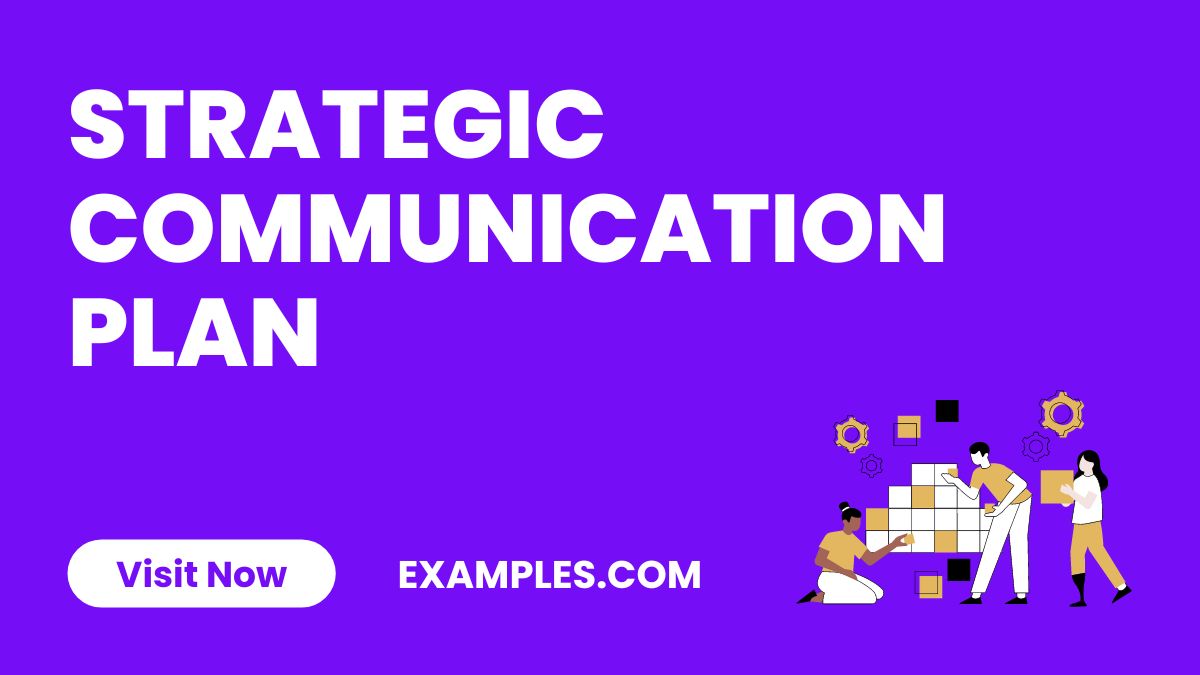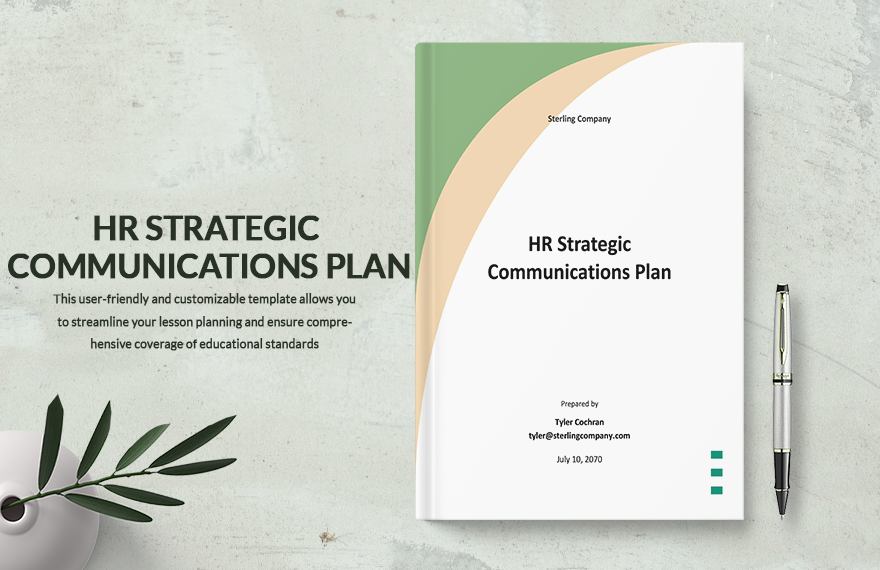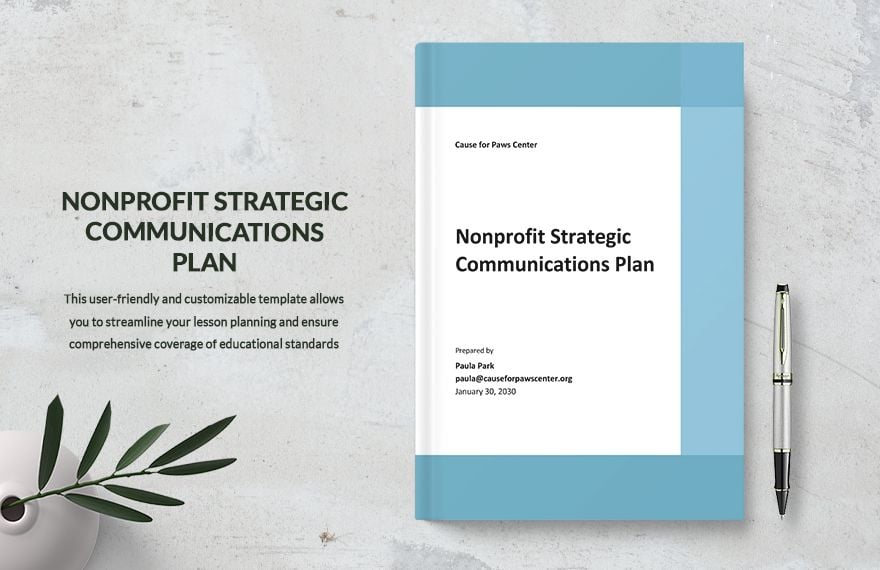7+ Strategic Communication Plan Examples
The Strategic Communications Plan guide offers an in-depth look into crafting effective communication strategies for organizations. It highlights various communication examples, demonstrating how well-planned messaging can significantly impact business success. This guide covers essential elements such as Corporate Messaging Frameworks, Crisis Communication Strategies, and Digital Media Strategies. It’s tailored to provide practical examples and actionable steps, making it an invaluable resource for businesses aiming to strengthen their communication efforts and achieve their organizational objectives effectively.
Download Strategic Communication Plan Bundle
Strategic Communication Plan

The provides a detailed Strategic Communications Plan, offering a systematic approach for organizations to communicate effectively with stakeholders. It covers objectives like brand awareness and internal communication, identifies target audiences, outlines key messages, and suggests channels and tactics for dissemination. Additionally, it includes methods for evaluation, budget considerations, and a conclusion emphasizing the need for regular review and adaptation
Strategic Risk Communication Plan
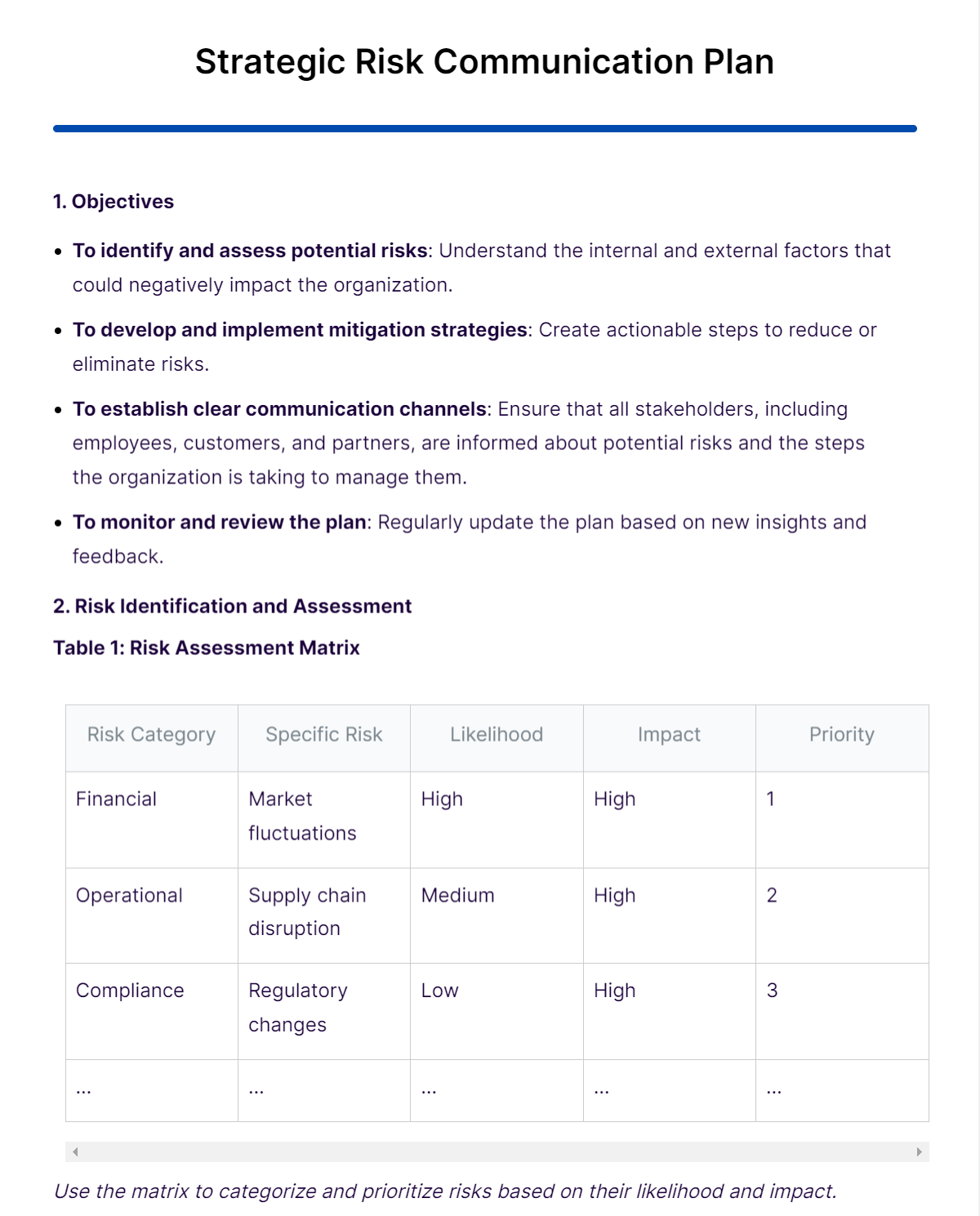
The Strategic Risk Communication Plan provides a detailed guide for organizations to identify, assess, and communicate potential risks. It covers objectives like understanding internal and external risks, developing mitigation strategies, and establishing clear communication channels. The plan includes a risk assessment matrix, communication strategies for different stakeholders, and a Gantt chart for implementation. It emphasizes the importance of regular plan reviews and stakeholder engagement for effective risk management.
Strategic Marketing Communication Plan
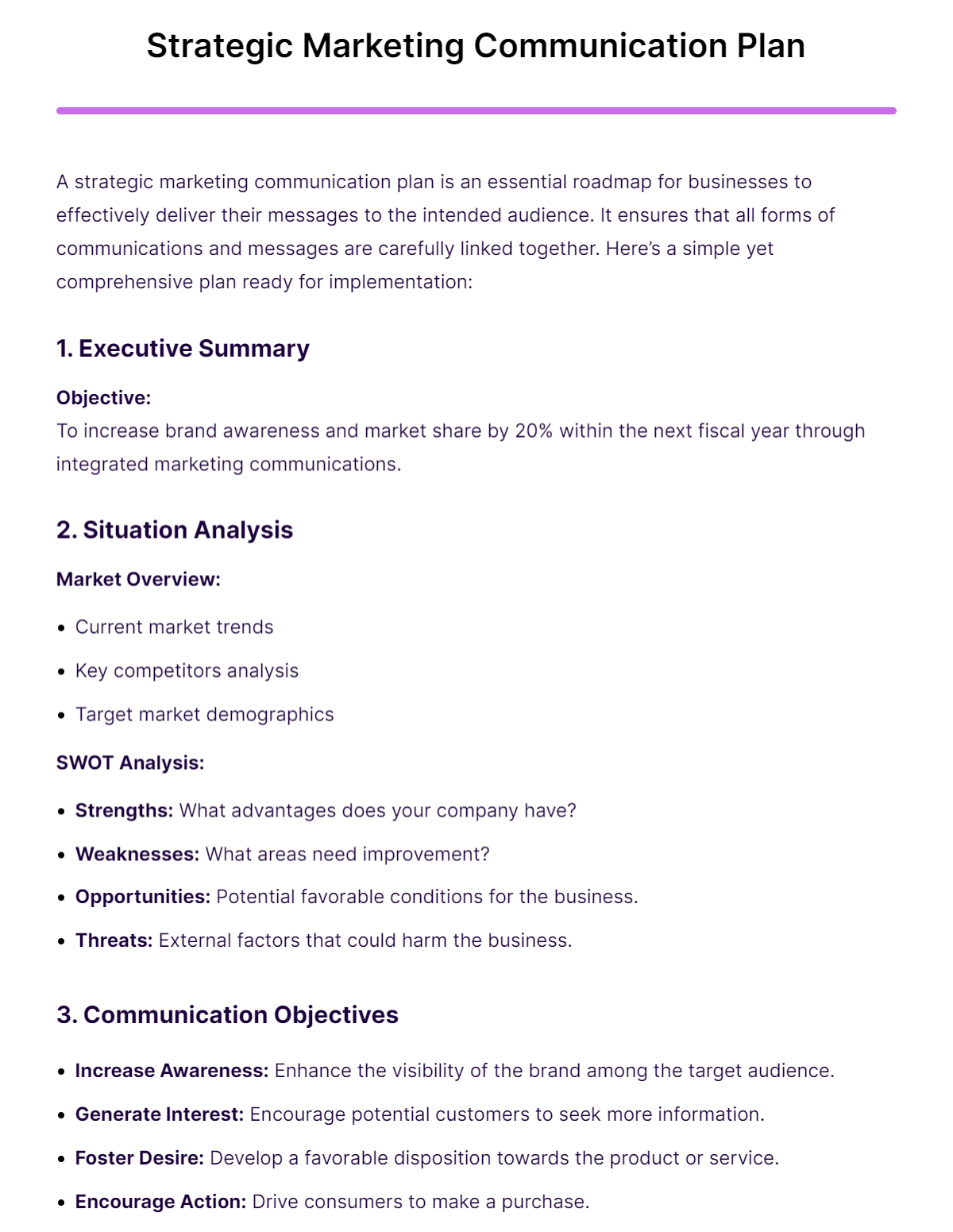
The Strategic Marketing Communication Plan provides a detailed roadmap for businesses aiming to effectively deliver their messages to their audience. It includes steps like defining objectives, identifying the audience, crafting key messages, and choosing appropriate channels and tactics. The plan also outlines the importance of assigning roles, setting budgets, creating timelines, and methods for monitoring and evaluating the strategy’s effectiveness. This comprehensive guide is designed for straightforward implementation and adaptation to specific business needs.
Strategic Internal Communication Plan

The Strategic Internal Communication Plan provides a comprehensive guide for enhancing organizational efficiency and employee engagement. It outlines clear communication goals, identifies target audiences (employees, leadership, stakeholders), and suggests various channels and tools for effective communication. The plan emphasizes the importance of relevant, clear, and consistent content, along with a structured implementation timeline. Regular feedback, measurement, training, and adjustments are also integral parts of the strategy, aiming to create a more informed, engaged, and productive workforce
Strategic Communication Plan Framework
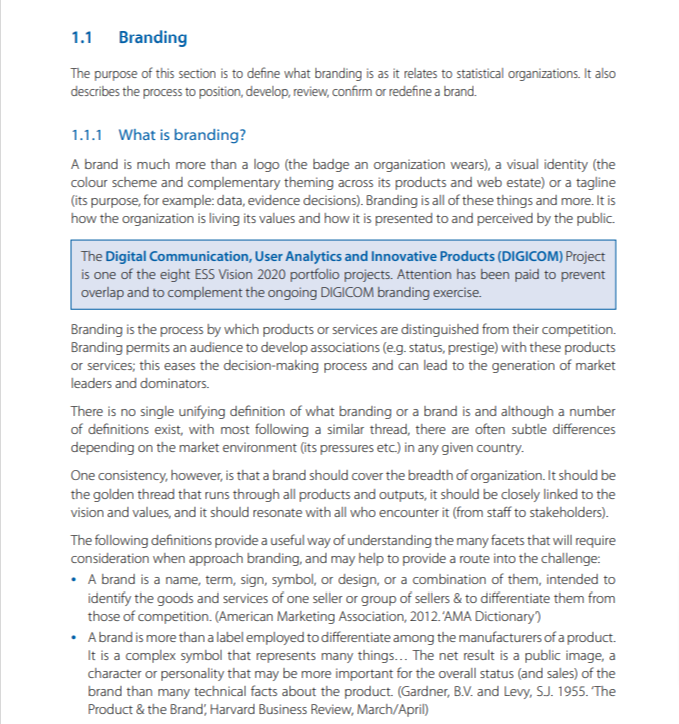
unece.org
DownloadStrategic Communications Plan Template
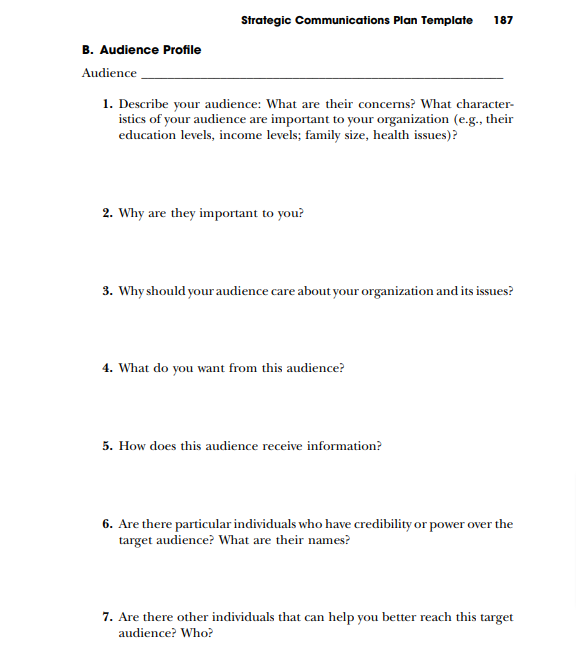
onlinelibrary.wiley.com
DownloadHR Strategic Communications Plan Template
Nonprofit Strategic Communications Plan Template
How To Effectively Communicate Your Strategic Plan To Employees?
Effectively communicating your strategic plan to employees is crucial for alignment and success. Engage your team with clear, consistent messages and interactive sessions. Utilize digital media strategies and internal communication optimization to ensure understanding and commitment. Emphasize the corporate messaging framework and stakeholder engagement tactics to foster an inclusive environment. Regular updates and feedback loops are key to adapting and maintaining an informed workforce.
- Town Hall Meetings
Explanation: Gather all employees in an informal setting to discuss the strategic plan.
How to Communicate: “We value your input as we navigate our strategic objectives together.” - Newsletter Updates
Explanation: Regular newsletters keep everyone informed about the progress and changes.
How to Communicate: “Check out the latest milestones in our strategic journey in this month’s newsletter.” - Interactive Workshops
Explanation: Interactive workshops allow employees to ask questions and provide feedback.
How to Communicate: “Join us to explore our strategic goals and your role in achieving them.” - Infographic Emails
Explanation: Visuals in emails make complex plans more understandable.
How to Communicate: “This infographic outlines our key strategies and what they mean for you.” - One-on-One Meetings
Explanation: Personal meetings ensure individual understanding and engagement.
How to Communicate: “Let’s discuss how our strategic plan impacts your role specifically.” - Digital Dashboards
Explanation: Real-time digital dashboards show progress and updates.
How to Communicate: “Check the dashboard for the latest on our strategic initiatives.” - Feedback Surveys
Explanation: Surveys collect employee feedback on the communication effectiveness.
How to Communicate: “Share your thoughts on our strategy communication through this quick survey.” - Q&A Sessions
Explanation: Regular Q&A sessions address concerns and clarify uncertainties.
How to Communicate: “All questions are welcome in our upcoming Q&A on the strategic plan.” - Video Messages from Leadership
Explanation: Leaders sharing strategic messages through videos can be inspiring.
How to Communicate: “Hear directly from our CEO about the vision and strategy ahead.” - Strategy Champion Groups
Explanation: Small groups or individuals who help disseminate information and gather feedback.
How to Communicate: “Join the strategy champions to be a liaison and voice for your department”.
Creating a Strategic Communication Plan
Creating a strategic communication plan is a systematic process that aligns your organization’s communication efforts with its overall goals. A well-crafted plan not only clarifies the path forward but also ensures that every team member understands their role in contributing to the organization’s success. Here’s a comprehensive guide to developing a strategic communication plan that is both SEO and NLP friendly, focusing on optimizing for “Strategic Communications Plan.”
Understand Your Organization’s Objectives
Before diving into the communication strategy, clearly understand your organization’s core objectives. What are the short-term and long-term goals? How does communication play a role in achieving these? Aligning your strategic communication plan with these objectives is crucial for ensuring consistency and direction.
Identify Your Target Audience
Knowing your audience is the cornerstone of effective communication. Conduct audience analysis to understand their needs, preferences, and behavior. This will help you tailor your messages and choose the right channels to reach them effectively.
Define Your Key Messages
What are the core messages you want to convey? These should be clear, concise, and aligned with your organization’s objectives. Your key messages will serve as the foundation for all your communication materials.
Choose the Right Communication Channels
Different audiences may prefer different communication channels. Based on your audience analysis, select the most effective channels to reach your audience. This could include social media, email, internal newsletters, press releases, or face-to-face meetings.
Set Clear Objectives for Each Communication
Each piece of communication should have a clear objective. What do you want to achieve with this email, social media post, or press release? Having clear objectives will help measure the success of your communication efforts.
Develop a Content Calendar: A content calendar helps organize and schedule your communication activities. It ensures a consistent flow of information and helps avoid last-minute rushes. Plan your content around key dates, product launches, or other important events.
Allocate Resources: Determine what resources are required to implement your plan effectively. This includes budget, personnel, and technology. Having the right resources in place is essential for a smooth execution.
Monitor and Evaluate: Regularly monitor and evaluate the effectiveness of your communication. Are you reaching your target audience? Are they engaging with your messages? Use tools and metrics relevant to your chosen communication channels to measure success.
Be Prepared to Adapt: The business environment is constantly changing, and so should your strategic communication plan. Be prepared to adapt your strategy based on feedback and changing circumstances.
Document Everything: Documenting your strategic communication plan is crucial. It ensures everyone is on the same page and allows for easier revisions and updates.
Steps for a Winning Strategic Communications Plan
Creating a strategic communications plan is crucial for ensuring your organization’s messages are effectively conveyed to the right audience at the right time. Here’s a step-by-step guide to developing a winning strategy:
Step 1: Define Your Objectives
- Clarify your goals: Determine what you want to achieve with your communications, whether it’s increasing brand awareness, driving sales, or improving internal communications.
- SMART Objectives: Ensure your goals are Specific, Measurable, Achievable, Relevant, and Time-bound.
Step 2: Identify Your Audience
- Segment your audience: Understand the different groups you need to communicate with, such as customers, employees, investors, or the public.
- Analyze needs and preferences: Tailor your messages and channels to suit your audience’s preferences and behaviors.
Step 3: Craft Your Key Messages
- Develop clear and compelling messages: Your key messages should reflect your brand’s values and address the needs and interests of your audience.
- Consistency is key: Ensure your messages are consistent across all channels and communications.
Step 4: Choose Your Channels and Tactics
- Select the right channels: Choose the most effective channels to reach your audience, whether it’s social media, email, print media, or in-person meetings.
- Plan your tactics: Decide on the specific activities you will undertake, such as social media campaigns, press releases, or employee town halls.
Step 5: Assign Roles and Responsibilities
- Build your team: Identify who will be responsible for each aspect of the plan, from content creation to channel management.
- Clarify responsibilities: Ensure everyone knows their tasks, deadlines, and reporting lines.
Step 6: Set Your Budget
- Estimate costs: Consider the costs of implementing your plan, including marketing materials, software, and staff time.
- Allocate resources: Ensure you have the necessary resources to execute your plan effectively.
Step 7: Create a Timeline
- Develop a schedule: Outline when each activity will happen, ensuring there’s a logical flow and that key dates are highlighted.
- Flexibility: Be prepared to adjust your timeline based on feedback or changes in the external environment.
Step 8: Implement the Plan
- Action: Start executing your plan according to the timeline and tactics you’ve outlined.
- Communication: Keep your team informed about progress and any changes to the plan.
Step 9: Monitor and Evaluate
- Track performance: Use tools and metrics relevant to your goals to monitor the effectiveness of your communications.
- Gather feedback: Regularly seek feedback from your audience and team to understand what’s working and what isn’t.
Step 10: Review and Adjust
- Assess outcomes: Compare your results against your objectives to evaluate success.
- Make improvements: Use your findings to refine your strategy and tactics for even better results in the future.
Components of a Successful Strategic Communication Plan
A strategic communication plan is a vital blueprint guiding your organization’s messaging. It integrates key elements like Digital Media Strategy and Stakeholder Engagement Tactics to convey your Corporate Messaging Framework effectively. This plan aligns Organizational Communication Objectives with audience needs, ensuring every message is impactful. Incorporating a Crisis Communication Strategy and Internal Communication Optimization, it serves as a comprehensive roadmap for effective dialogue.
- Mission Statement: Defines the organization’s purpose and direction.
How to Communicate: “Our mission statement sets the tone for our strategic communication.” - Target Audience Analysis: Identifies and understands the primary recipients of the messages.
How to Communicate: “Knowing our audience allows us to tailor our communication effectively.” - Key Messages: The core messages that need to be conveyed to the audience.
How to Communicate: “Our key messages encapsulate the essence of our strategic goals.” - Communication Channel: The mediums through which the messages will be delivered.
How to Communicate: “Selecting the right channels ensures our message reaches the intended audience.” - Content Calendar: A schedule that outlines when and what communication will occur.
How to Communicate: “Our content calendar keeps us organized and timely.” - Budget: The financial plan for implementing the communication strategy.
How to Communicate: “A well-planned budget ensures we can execute our strategy effectively.” - Monitoring and Evaluation: Regular assessment of the strategy’s effectiveness and impact.
How to Communicate: “Continuous evaluation helps us refine our strategy for better results.” - Feedback Mechanisms: Channels through which the audience can provide feedback.
How to Communicate: “Your feedback is crucial for us to improve our communication.” - Crisis Communication Plan: A predefined strategy for managing communication during a crisis.
How to Communicate: “Our crisis plan ensures we’re prepared for unexpected challenges.” - Stakeholder Mapping: Identifying and prioritizing individuals or groups affected by the communication.
How to Communicate: “Understanding our stakeholders helps us address their needs effectively.”
How to Write a Communication Strategy Plan?
Creating a strategic communication strategy plan is pivotal for any organization looking to streamline its messaging and engage effectively with its audience. A well-crafted plan not only clarifies your goals but also outlines the path to achieving them through coherent and impactful communication.
Understand Your Objective: Start by identifying the primary objective of your communication. This might include increasing brand awareness, driving sales, or changing public perception. Your objective should align with your broader business goals and provide a clear focus for your communication efforts.
Identify Your Target Audience: Knowing who you’re communicating with is crucial. Segment your audience based on demographics, psychographics, or behavior. Understanding their needs, preferences, and pain points will allow you to tailor your messages effectively.
Define Your Key Messages: Determine the core messages you want to convey. They should be clear, concise, and consistent with your brand voice. Each message should reflect your objectives and be relevant to your target audience.
Select Appropriate Channels: Choose the channels that will best reach your target audience. These might include social media, email, press releases, or internal communication platforms. Consider where your audience spends their time and how they prefer to receive information.
Set Clear Goals and KPIs: Define what success looks like for your plan. Set specific, measurable, achievable, relevant, and time-bound (SMART) goals, and identify key performance indicators (KPIs) to track your progress.
Develop a Content Strategy: Plan the content you’ll create to support your key messages. This might include blog posts, videos, infographics, or podcasts. Ensure your content is engaging, informative, and aligned with your strategic objectives.
Allocate Resources: Determine what resources you’ll need to implement your plan. This includes budget, personnel, and technology. Ensure you have the necessary support and tools to execute your strategy effectively.
Implement the Plan: Put your plan into action. Ensure everyone involved understands their roles and responsibilities. Keep open communication and encourage collaboration among your team.
Monitor and Adapt: Regularly review your plan’s performance against your KPIs. Be prepared to adapt your strategy based on feedback and changing circumstances. Continuous improvement is key to maintaining an effective communication strategy.
Review and Reflect: After a set period, review the overall success of your communication strategy. Reflect on what worked well and what could be improved. Use these insights to inform future plans and strategies.
The Continuing Studies provides a detailed insight into creating a successful communication strategy. It emphasizes the importance of considering key elements like the target audience, context, intended outcomes, key messages, appropriate medium, and the selection of messengers. Each element plays a crucial role in ensuring that the communication strategy is effective and impactful. For instance, understanding your audience’s expectations and levels of trust is vital, as is defining the context of your communication. The strategy should be clear in its purposes, whether for information transfer, instruction, persuasion, or transformation. The choice of media and messengers is equally important, taking into account the credibility and relationship with the audience. Finally, measuring the effectiveness of the communication strategy is essential to ensure it meets its strategic purpose.
The page from American University provides an in-depth look at the essential skills required for PR managers in the strategic communication field. It emphasizes the importance of aligning media messaging with an organization’s broader communication and marketing strategies. The content covers various aspects such as the role of PR in content marketing, the need for technology skills, the impact of social media, and the analysis of strategic communications, offering a holistic view of the responsibilities and competencies needed for success in PR management.



